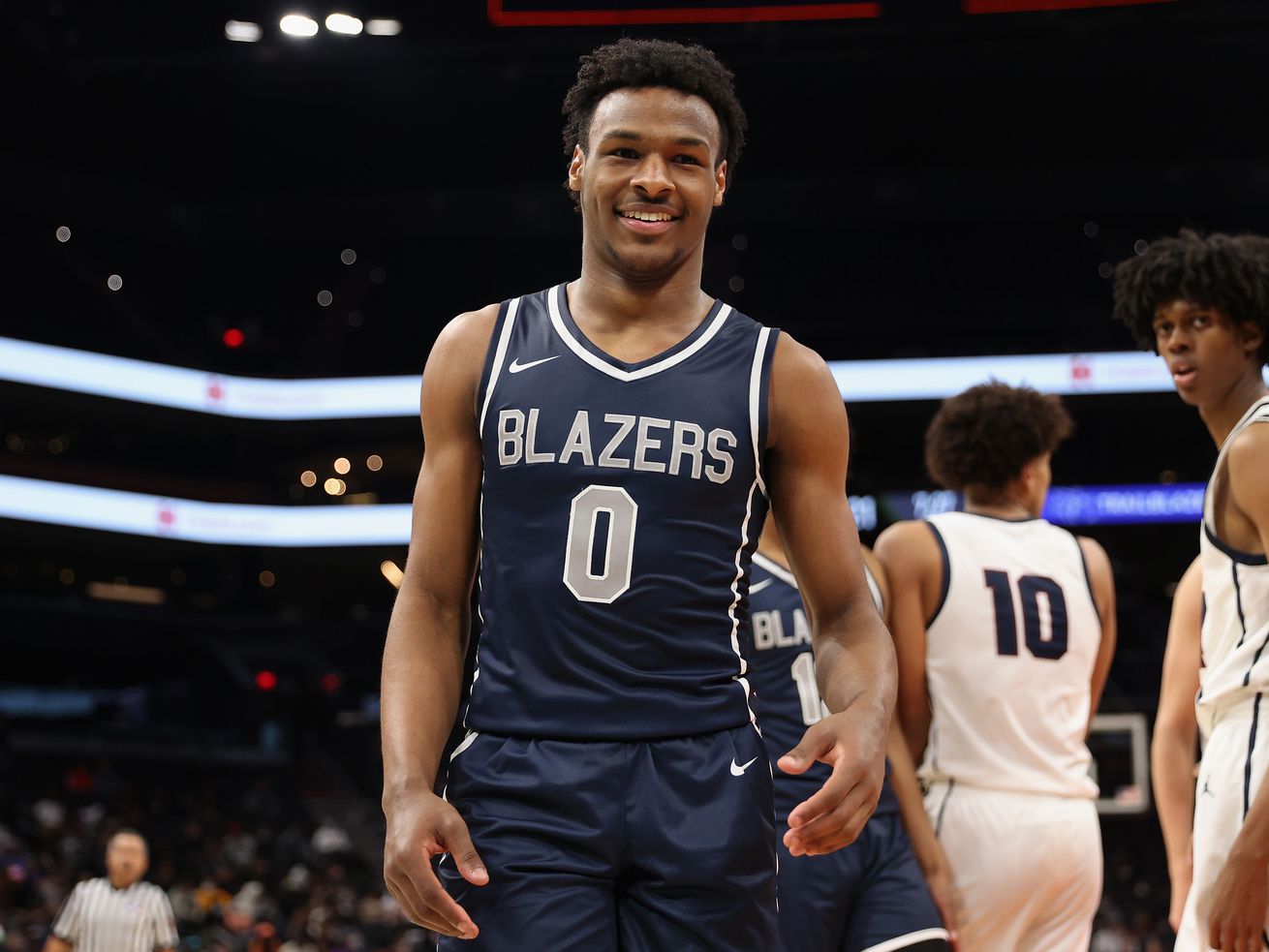What could possibly cause a teen athlete’s heart to stop?

What could possibly cause a teen athlete’s heart to stop?

Bronny James’s heart reportedly stopped during practice. Incidents like this are rare but explainable.
On Monday, Bronny James — Los Angeles Lakers star LeBron James’s 18-year-old son and a freshman point guard on the University of Southern California’s basketball team — collapsed when his heart stopped during practice. After treatment in an intensive care unit, James is now in stable condition, according to ESPN.
No information has yet been released on the cause of James’s cardiac arrest, but that hasn’t stopped people from speculating on the subject: Anti-vaxxers, with no evidence, are blaming the event on vaccine-related myocarditis (i.e., swelling of the heart), a rare side effect of Covid-19 vaccines; so is Twitter’s (or X’s, or whatever) troll-in-chief.
The reality is that myocarditis is relatively low on the list of conditions that can cause a young athlete’s heart to stop. A range of uncommon conditions are more likely to underlie these events, and they’re not new: Medical experts have been aware of those conditions and their links to sudden deaths in young people for at least 60 years.
It’s important to stress that these conditions aren’t common, and only one out of every 40,000 to 80,000 people die from them, though estimates vary. But when they do occur, having the right lifesaving equipment on hand can make all the difference between surviving — or not.
Here’s what to know about what most commonly causes cardiac arrest in young athletes, and what makes them most likely to survive.
The most common causes of sudden cardiac arrest in young athletes
Vigorous exercise places strain on the heart and on all the blood vessels that supply it and that it pumps blood into. Most of the time, that stress is actually beneficial for the cardiovascular system: It stimulates vessels to widen and grow, increasing oxygen delivery in our hearts and lungs; it enhances the function of the cells that make up these organs and it reduces inflammation throughout the system.
But in hearts that are structurally abnormal, whether due to a condition someone was born with or due to heart damage caused by an illness, the strain exercise causes can sometimes be too much. Exercise strain can also overwhelm hearts that don’t reliably conduct the electrical impulses that drive a normal heartbeat.
In a small proportion of these cases, a really tough workout can cause the heart to stop beating altogether.
Not all athletes are at equal risk of having their heart stop. In a 2015 analysis of National Collegiate Athletic Association athletes, men, especially Black men, and basketball players were at the highest risk of sudden cardiac death; it’s not clear why.
On the infrequent occasion that young athlete’s hearts stop, one of the more common causes in the US is a hereditary condition called hypertrophic cardiomyopathy (HCM). In these cases, which account for about one-third of sudden deaths in athletes, according to some estimates, the muscular left ventricle of the heart — which pumps blood throughout the body — thickens more than it normally should. This makes it more likely to function abnormally when it’s stressed (as it is during sports activities).
About one in 500 people have HCM. It’s passed down through families, and can be diagnosed by heart ultrasound. However, in many people with this anomaly, cardiac arrest is their first indication that they have it.
Another more common cause of this rare event is an abnormality in one of the blood vessels that supply the heart itself, which are called coronary arteries. These differences account for about 17 percent of cardiac arrest cases in young athletes in the US.
Interestingly, things are different elsewhere in the world. In studies from Italy and Denmark, the most common cause of sudden cardiac death in young athletes is a genetic condition that leads to dilation and dysfunction on the right side of the heart.
And in a Canadian study, abnormalities in the electrical circuitry that coordinates the heart’s contractions were responsible for the majority of cardiac arrests in competitive athletes.
There are many reasons young hearts stop beating — and one really good way to help.
The above aren’t the only conditions that can contribute to a heart stopping when under severe strain. Problems with the heart valves, abnormalities in the heart muscle due to severe cases of heart inflammation (most commonly due to viral infections like Covid-19 — much less commonly due to vaccines), and abnormalities in the walls of the body’s biggest blood vessels can also lead to cardiac arrest.
Even normal hearts can abruptly stop working under certain conditions. Earlier this year, Damar Hamlin’s otherwise healthy heart stopped when he was struck in the chest with a football — a case of being thumped in the wrong place at the wrong time. Certain drugs and very hot or very cold conditions can also increase the risk of cardiac arrest during high-intensity exercise.
Whatever the cause of an athlete’s sudden cardiac arrest, having a cardiac defibrillator handy — the machine with paddles that uses electric shocks to restart a stopped heart — is key to reducing their risk of dying from the event. In one study of high school athletes who were treated for a stopped heart using a defibrillator, nine out of 10 survived. Meanwhile, few of those who do not receive defibrillation for cardiac arrest survive.
But states have different requirements for which schools and higher education institutions have to have a defibrillator on hand, and the machines are not cheap: They cost $1,000 to $2,000 apiece. That means school sports programs with fewer resources are less likely to have access to these lifesaving devices.
It’s not yet clear what caused Bronny James’s heart to stop beating. But we can work to ensure more cases like his end well, and not in death. Unfortunately, we know this case will not be the last.











No comments